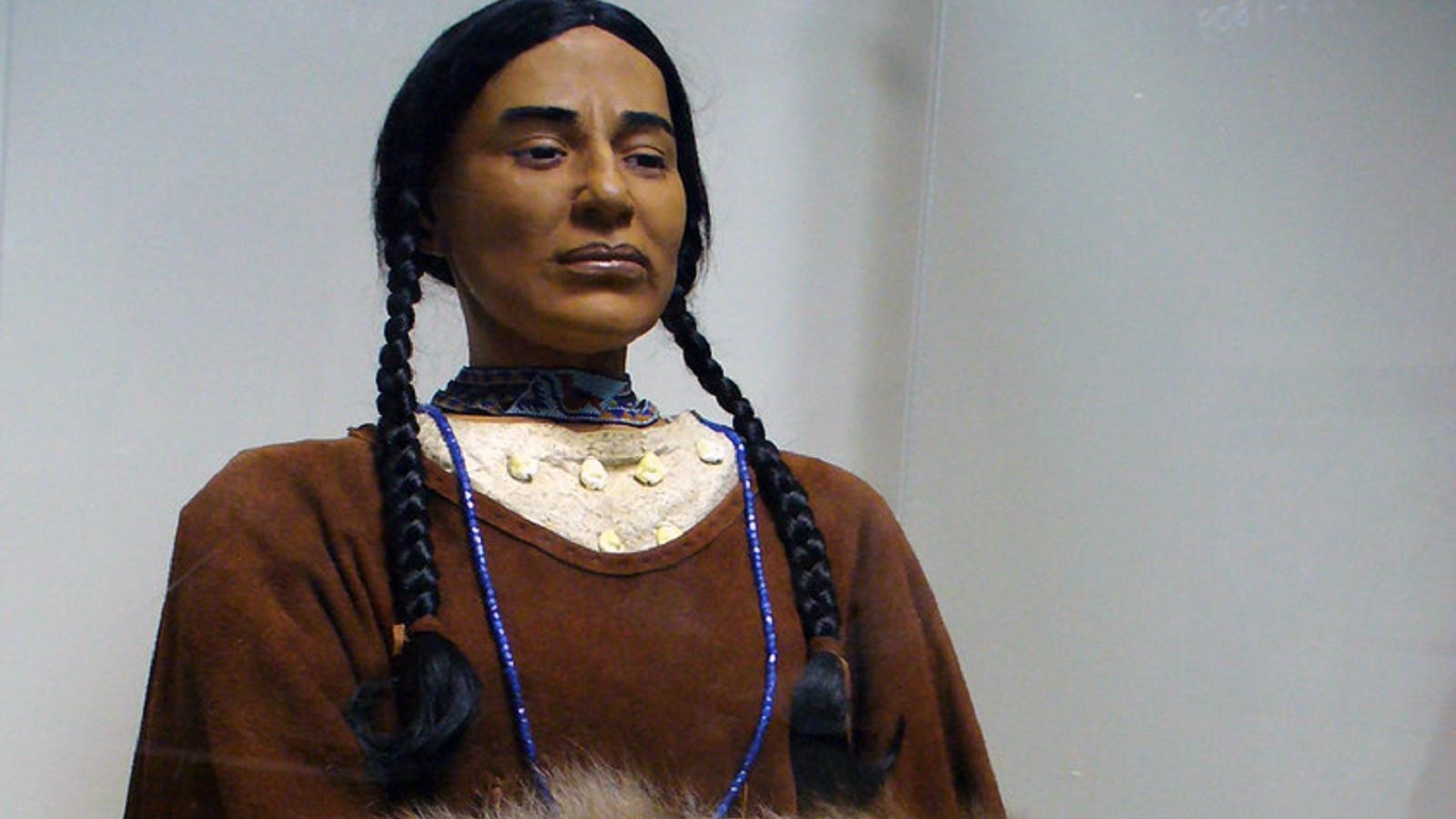Last updated: December 30, 2021
Place
St. Joseph Museum's American Indian & History Galleries

"2008-08-23 - St. Joseph Museum [FlickrSet] - 0231" by smiteme is licensed under CC BY-NC-ND 2.0
Accessible Rooms, Audio Description, Benches/Seating, Braille, Captioned Media, Cellular Signal, Gifts/Souvenirs/Books, Historical/Interpretive Information/Exhibits, Information, Information - Ranger/Staff Member Present, Parking - Auto, Parking - Bus/RV, Restroom, Ticket Sales, Toilet - Flush, Trash/Litter Receptacles, Wheelchair Accessible
Lewis and Clark NHT Visitor Centers and Museums
This map shows a range of features associated with the Lewis and Clark National Historic Trail, which commemorates the 1803-1806 Lewis and Clark Expedition. The trail spans a large portion of the North American continent, from the Ohio River in Pittsburgh, Pennsylvania, to the mouth of the Columbia River in Oregon and Washington. The trail is comprised of the historic route of the Lewis and Clark Expedition, an auto tour route, high potential historic sites (shown in black), visitor centers (shown in orange), and pivotal places (shown in green). These features can be selected on the map to reveal additional information. Also shown is a base map displaying state boundaries, cities, rivers, and highways. The map conveys how a significant area of the North American continent was traversed by the Lewis and Clark Expedition and indicates the many places where visitors can learn about their journey and experience the landscape through which they traveled.
The American Indian & History Galleries of the St. Joseph Museum feature American Indian items from 10 cultural regions and pre-history items from area archaeological excavations. The American Indian Gallery’s featured exhibit is “Lines & Legacies – The Harry L. George Collection,” which is one of the largest collections of American Indian items in Missouri. The collection includes archaeological items, pottery, baskets, blankets, pipes, clothing, and accessories.
The History Gallery’s featured exhibit is “World War I St. Joseph – Reflections on Community and Conflict,” which gives visitors the chance to explore the lessons learned from World War I. The exhibit focuses on the experience of St. Joseph during the war years, drawing direct parallels to issues that face our community today and commemorating the lives of those who lived through the era.
The War required sacrifice from all citizens and those who remained at home were not immune. As men left home to fight abroad, their families faced real hardship – frequently the salaries they earned as soldiers were far less than what they earned in civilian life (in order to alleviate this and to encourage enlistment, the Tootle-Lemon Bank in St. Joseph announced that it would cover the wage gap for any of its employees who enlisted).
Learning to make ends meet with fewer resources was a particular challenge for households. As the war continued, rationing measures were implemented. The city official in charge of enforcing the rationing – and convincing citizens that “meatless Tuesday” and “wheatless Thursday” were their duties as members of society – was, coincidentally, Harry L. George (the man responsible for the world-class collection of American Indian items held by the St. Joseph Museums).
